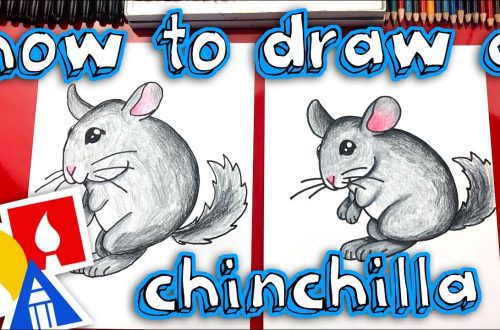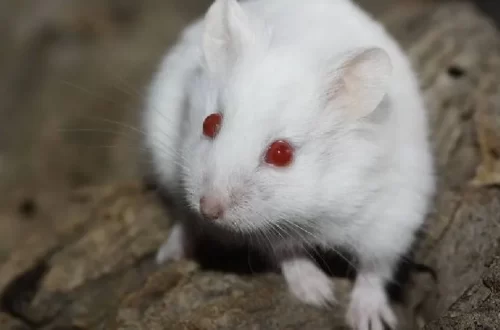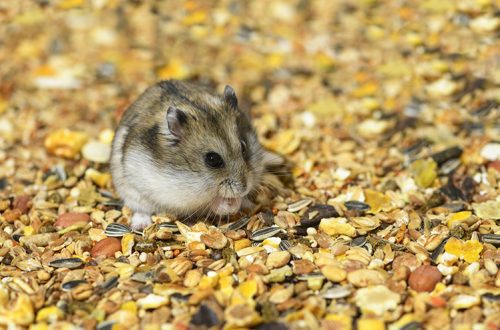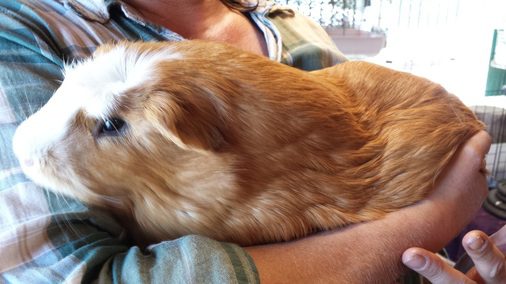
The largest guinea pig is called kui (description and photo)
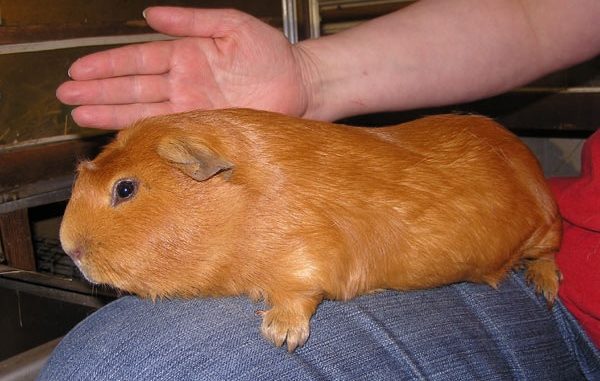
Kui is the name of the largest guinea pig in the world. The dimensions of this giant pig correspond to the dimensions of an adult rabbit. In Latin America, a large rodent is bred as a farm animal. Its meat is used in the food industry. In Europe, the Kui guinea pig is kept as a pet. However, the large rodent is not as popular as its smaller relatives.
Contents
Origin
The homeland of the Kui breed are such countries of South America as Peru, Bolivia, Ecuador and Colombia. This rodent is a wild animal that lives in rocky and mountainous areas with abundant vegetation. The animals are grouped into flocks of 10 individuals, the main among which is the most healthy, strong and hardy male.
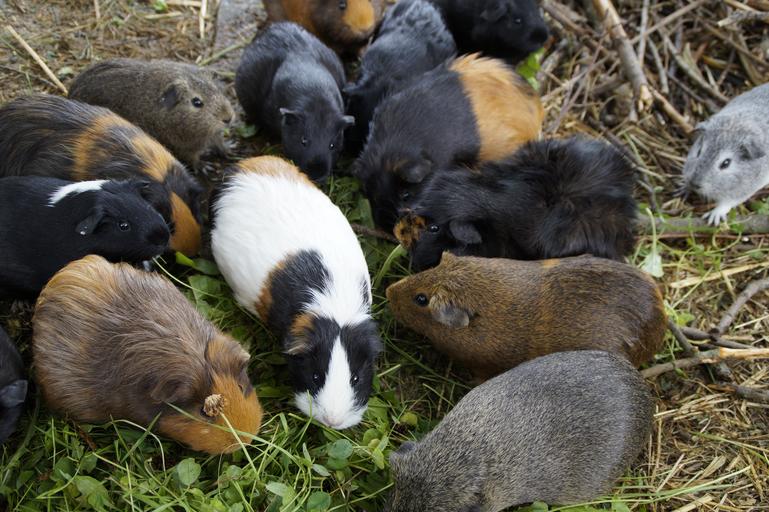
Large guinea pigs in South American countries are farm animals that provide tasty, high-quality and inexpensive meat. Excrement of large rodents is used as a natural fertilizer, which is the added value of kui.
Anatomy, appearance
The giant guinea pig kui, in comparison with other types of rodents, has a massive skeleton and a wide skull. In many individuals, the paws have extra fingers, and a similar defect is called polydactylism. However, the abnormal fingers function and do not interfere with the rodent in any way. Giant guinea pigs have a weight ranging from 1,5 to 4 kg. The animal is prone to fullness, so it quickly gets fat.
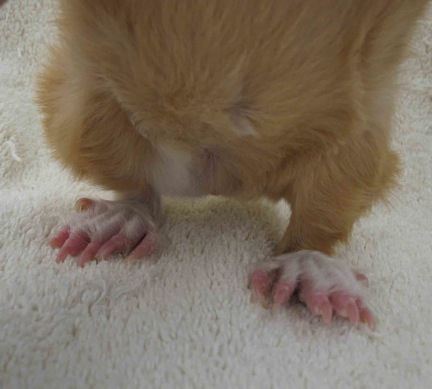
Breeds
As a result of breeding work, 2 subspecies of kui were bred: Creole ones are characterized by an elongated body, an elongated muzzle, but a wide forehead. Rodents are large, but slowly gain weight. The mass of an adult usually does not exceed 1,5 kg. A feature of the breed is innate nervousness, which complicates the increase in the animal population. This breed originated in Europe.
Improved are found mainly in Peru. Unlike individuals of the Creole breed, they have a not so elongated muzzle. The skull of the rodent is wide, with a massive forehead. The muscle mass of improved kui increases rapidly, due to which, by the age of six months, the animal reaches the size of an adult. Body weight reaches 3-4 kg.
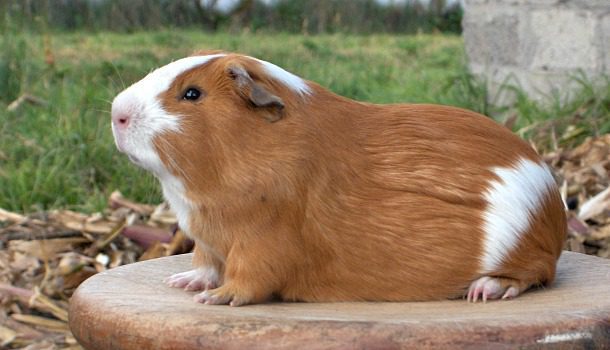
In turn, the improved breed of guinea pigs Kui is divided into several types:
- English has a short and smooth coat, the color of which varies from solid to spotted;
- the Abyssinian is distinguished by a short coat with a large number of vortices;
- Peruvian has a nice appearance, thanks to a long smooth coat;
- Merino is characterized by a short and massive body, as well as a tousled coat of short length.
Compared to other types of kui, representatives of the merino type are medium-sized. All kui pigs have a short life expectancy, due to a tendency to heart disease, provoked by obesity. On average, a large marine lives no more than three years.
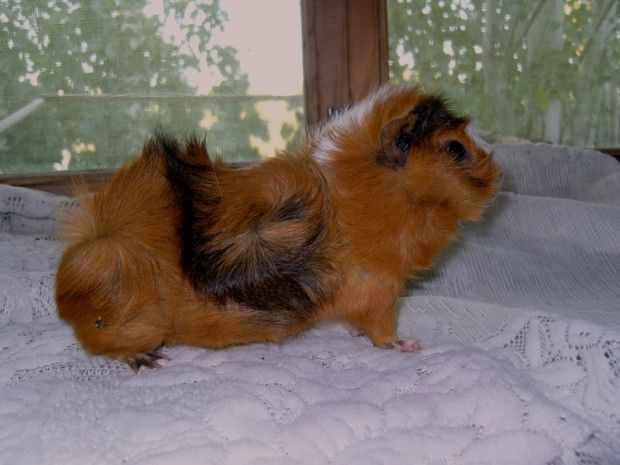
Character
Kui are guinea pigs with a difficult character. The animals are shy, nervous and unfriendly towards other pets, especially towards their own relatives. If the owner of the rodents decides to keep 2-3 females in one cage, then this will be a bad idea, as the guinea pigs will quickly fight.
Fights of animals often end in severe injuries and even death.
Selection
Large guinea pigs grow rapidly, becoming sexually mature as early as 3-4 months. Experienced rodent breeders try to mate the female animal in the first estrus, since young individuals are less prone to obesity. Overweight rodents are not suitable for breeding, as bearing offspring against the background of obesity can be fatal.
Important! Huge guinea pigs cannot be bred with representatives of other breeds, since as a result of improper selection, congenital anomalies occur in offspring, manifested by numerous diseases.
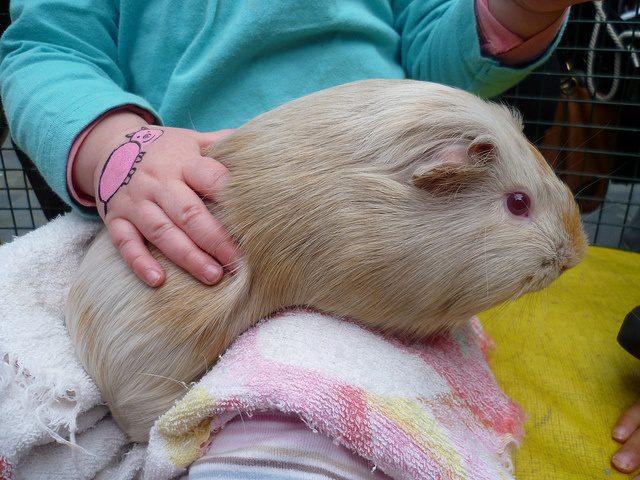
Care and maintenance
Kui pig is an uncommon pet. Their low popularity is due to the fact that it is difficult to find purebred representatives of the Kui breed in European countries. Another disadvantage of animals is their short life expectancy and non-peaceful nature. If a person has decided to have a large guinea pig at home, he should know the features of feeding and keeping such an animal at home.
The pet needs a spacious cage, which is explained by its size. As a litter, sawdust is used, designed to fill the cells of rodents. Also, a pet needs to create a paddock for walking. Feed your pet moderately, given its tendency to obesity. The kui diet includes high-quality plant foods: freshly cut hay (grass), vegetables, herbs, unsweetened fruits, tree branches. It is forbidden to give cereals and compound feed to rodents, since this food provokes obesity.
When keeping a large guinea pig, you should not ignore the care of its claws and coat. To keep the coat of the animal clean, you need to bathe it once every 1-1 weeks, using a special shampoo. Once every six months, the rodent trims its claws using special tweezers.
To keep your pet clean, you need to change the bedding in his cage at least three times a week. Ignoring this rule will lead to a persistent unpleasant odor coming from the animal. With proper care and feeding, the giant pig will be a healthy and active pet.
Video: giant guinea pigs kui
Giant guinea pigs kui – the largest in the world
3.4 (67.32%) 41 votes



